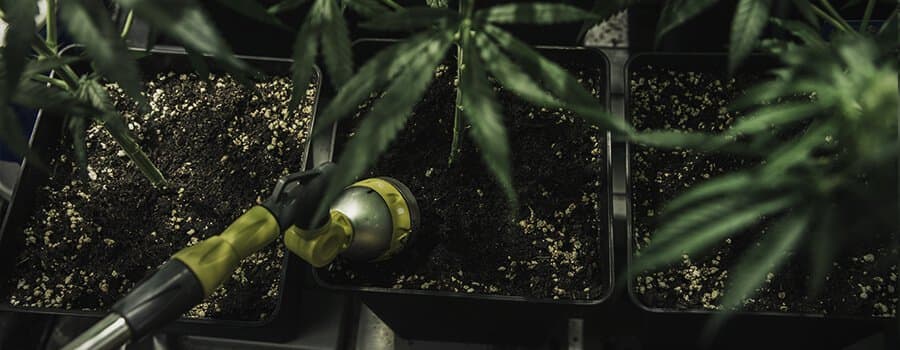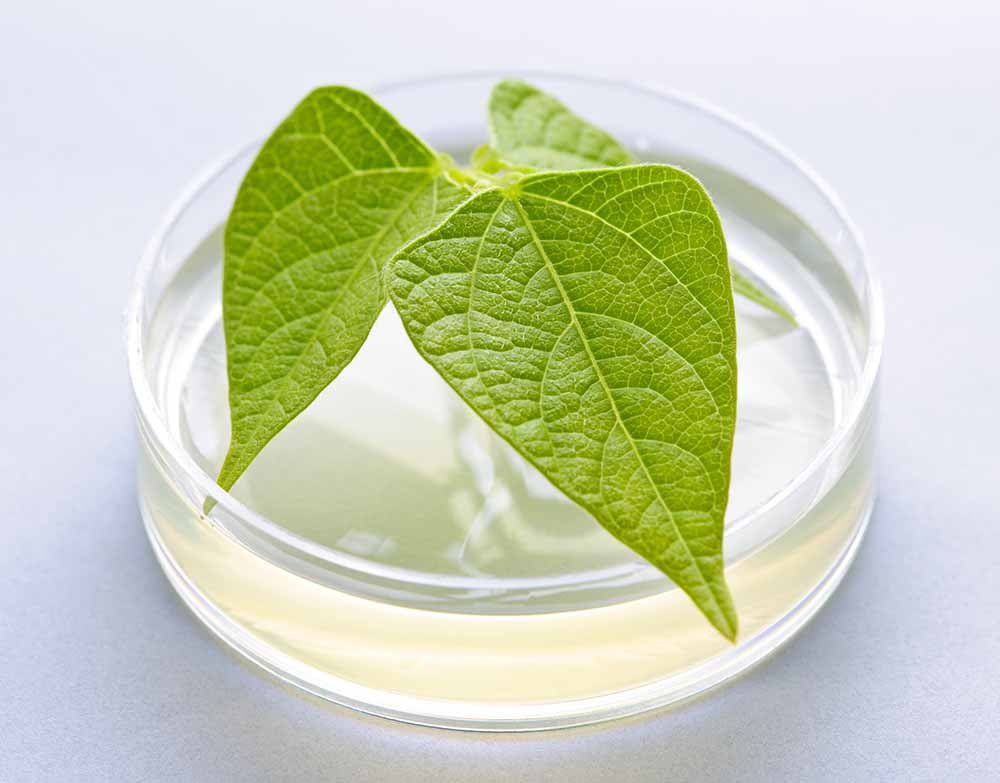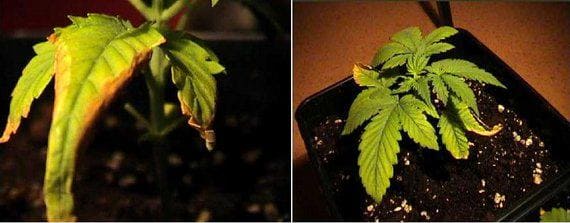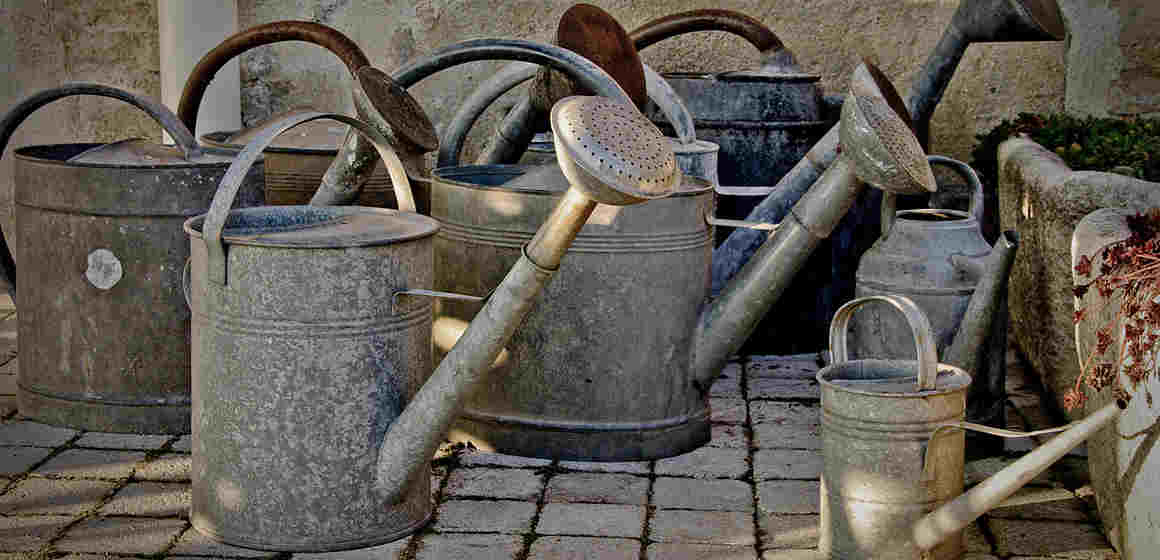The Best Water for Your Cannabis Plants
Water is one of the few ingredients we provide our cannabis plants - however it could be considered the most important. Without proper water, your plants will grow slowly and become sick.
The reason why water is such a crucial ingredient is because the mineral levels in our local water can vary heavily across different parts of the world, and even within the same city. Leads and other toxins from the water taps and pipes can threaten your marijuana plants without you knowing. This is especially true for areas which are still supplementing their water with chlorine, which can harm plants during all stages of their growth.
In order to safeguard your cannabis plants from contaminants in the water, many growers will use a water filtration device, or a process called reverse osmosis, to purify and remove any harmful materials from the water, While filtering the water yourself may become expensive, large jugs of pre-filtered water are may be found at a reasonable price.
The Best PPM For Cannabis Plants
Did you know that all tap water contains tiny solids? This is due to imperfect filtering or run off from your pipes. It's also known as, hard water. These solids are measured by the volume of contaminates per unit of the liquid's mass. We express this as particles of contaminates found per one million particles of water. Or simply, PPM (parts per million).
If you are not testing your water source regularly for excessive minerals, you should be - testing you water for contaminates can be accomplished by purchasing a (total dissolved solids) TDS meter, which are often inexpensive while still being reasonably accurate.
Before using your TDS meter for the first time, it is important to calibrate it in order to prevent inaccurate readings. To identify the PPM of the water you are feeding your cannabis plants, simply insert the TDS meter into a contained source of your water and wait for a few seconds.
Note, if you are testing in a different container than the one you are using to water your marijuana plants, be sure to clean it thoroughly. Any dirt or contaimination which is in the container will notably impact the readings reported by your TDS meter.
Before we go any further, it is important to understand that your plant should not be fed soft (filtered) water without added nutrients. Young cannabis plants enjoy from 500-600 PPM of added nutrients, close to about 850 PPM for a vegetative plant, and up to 1150 ppm for the plant when it's in its flowering stage.
There is a difference between good and bad nutrients. Tap water can contain a build up of toxic minerals from dirty or aging pipes. While it may be fit for human consumption, feeding young plants unfiltered water can be detrimental to their health. To avoid this issue, you can purchase nutrients, from any garden or grow store, and add t the water once it's bee filtered. Good nutrients are mixed into filtered water at the grower's discretion. They are designed help your plant grow.
Average mineral levels for tap water are typically around 300-400 PPM. This can be too high for your plant if you are also using liquid fertilizer. Any higher than 500 and you should invest in a water-softening solution. Know that these numbers are not dangerous for humans. Mineral waters, such a Nestle or Aquafina can contain 560+ PPM and are among the most popular brands available. Reverse osmosis systems are expensive and can cost hundreds of dollars. We like to use store-bought, disposable water filtration systems, like Britta. These are expected to lower your TDS to 50 PPM for a fraction of the cost of a reverse osmosis system.
Filtering your water will also remove nutrient-rich minerals such as iron, calcium, magnesium and potassium. If removed, they need to be replaced. Otherwise, you run the risk of mineral deficiencies affecting your plants.
If you are concerned your plant may be experiencing some nutrient deficiencies, you will be able to tell upon inspection. The plant's leaves may be misshapen or an irregular size. Check to see that their leaves have maintained a healthy green color. Brown spots or burned edges can be a sign the plant has nutrient deficiencies. If this is the case, be sure to take the appropriate corrective measures. First, water your plants with PH neutral water for a few days and reduce the nutrients to half the regular dose. Finally, remove a few centimeters of top soil from the plant and allow it sometime to recover.

Irregular PH levels can block nutrients from your plant. Too much nutrients can affect the bud's flavor. We recommend ceasing fertilization a few days before harvest. For best results, follow the manufacturer's instructions when debating on how much nutrients or liquid fertilizer to give your plant. Using good water is always important to keep your plant in good health. We hope you found this informative and wish you the best of luck in watering and nourishing your plants.


The Best Water for Your Cannabis Plants Discussions and Comments
Have something to say about this? Use the area below to discuss with the community!